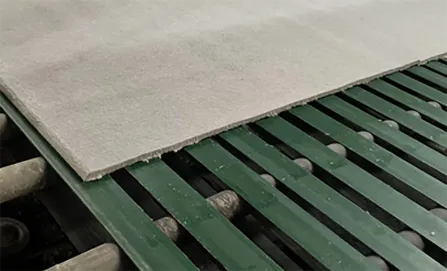Nov . 22, 2024 22:25 Back to list
ceiling plumbing access panel
Understanding Ceiling Plumbing Access Panels The Essential Guide
In the world of construction and renovation, ceiling plumbing access panels play a vital yet often overlooked role. These panels are essential for providing maintenance access to plumbing, electrical systems, or other utilities concealed within the walls or ceilings of a building. Understanding their importance, types, installation process, and maintenance can significantly benefit both builders and property owners.
What is a Ceiling Plumbing Access Panel?
A ceiling plumbing access panel is a removable panel installed in walls or ceilings to create access to hidden plumbing or electrical systems without the need for major renovations or tear-downs. This panel provides a convenient entry point for repairs and maintenance, preventing disruptions to the overall structure and maintaining aesthetic integrity.
Importance of Access Panels
Access panels are essential for a variety of reasons. First and foremost, they allow for quick and easy access to plumbing systems for inspections, repairs, and routine maintenance. Without these panels, accessing pipes that run through the ceiling can be labor-intensive and costly, requiring extensive drywall repairs and repainting after the service is completed.
Moreover, these panels help in adhering to building codes and safety regulations, which often require that access points to plumbing and electrical systems be easily accessible for inspections and emergency repairs. Neglecting to install these panels can lead to compliance issues, potentially resulting in fines or complications when selling a property.
Types of Ceiling Plumbing Access Panels
There are several different types of access panels available, each designed for specific applications and aesthetics
1. Drywall Access Panels These are typically framed in aluminum or plastic and are designed to be finished with drywall. They can be painted to match the surrounding ceiling or walls, making them an appealing option for interior spaces.
2. Metal Access Panels Often used in commercial applications, metal panels are durable and can withstand heavy usage. These panels may offer additional features such as keyed locks for security.
3. Acoustic Access Panels Designed for sound absorption, these panels are used in spaces where noise reduction is a priority. They are often found in offices, schools, and healthcare facilities.
4. Waterproof Access Panels Ideal for areas exposed to moisture, such as bathrooms and kitchens, these panels are made from materials resistant to water damage.
ceiling plumbing access panel

5. Fire-Rated Access Panels Necessary for fire safety compliance, these panels help maintain the fire rating of walls or ceilings, ensuring that they can withstand fire for a specified period.
Installation Process
Installing a ceiling plumbing access panel is a relatively straightforward process, but it requires precision to ensure functionality and aesthetics. Here’s a step-by-step guide
1. Select Location Identify the best location for the access panel, usually aligned with plumbing fixtures like sinks, toilets, or valves.
2. Measure and Mark Carefully measure the area to determine the size of the access panel. Mark the outline on the ceiling or wall.
3. Cut the Opening Using a drywall saw or a reciprocating saw, cut along the marked outline to create an opening.
4. Install the Frame If the panel requires a frame, secure it to the edges of the opening with screws. Ensure the frame is level and flush with the wall.
5. Attach the Panel Install the access panel into the frame, ensuring it fits snugly and securely.
6. Finish and Paint If using a drywall access panel, finish the edges with joint compound and paint to match the surrounding area.
Maintenance Tips
To ensure the longevity of ceiling plumbing access panels, regular maintenance is key. Periodically check the panels to ensure they are secure and free from damage. In high-moisture areas, inspect for any signs of mold or mildew. Lastly, ensure that access points remain unobstructed, allowing for seamless access whenever repairs or inspections are necessary.
Conclusion
Ceiling plumbing access panels are an essential feature in modern construction and maintenance. Their ability to provide easy access to critical systems while maintaining the aesthetic integrity of a space cannot be overstated. By understanding the importance, types, installation methods, and maintenance practices related to access panels, builders and property owners can ensure that their properties remain functional, compliant, and easy to maintain. Whether for a residential or commercial space, investing in quality access panels is a decision that pays off in efficiency and peace of mind.
-
Quality Ceiling Trap Doors & Access Panels | Easy & Secure AccessNewsAug.30,2025
-
Durable Ceiling T Grid Systems | Easy InstallationNewsAug.29,2025
-
PVC Gypsum Ceiling: Durable, Laminated Tiles for Modern SpacesNewsAug.28,2025
-
Pvc Gypsum Ceiling Is DurableNewsAug.21,2025
-
Mineral Fiber Board Is DurableNewsAug.21,2025
-
Ceiling Tile Clip Reusable DesignNewsAug.21,2025







